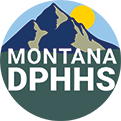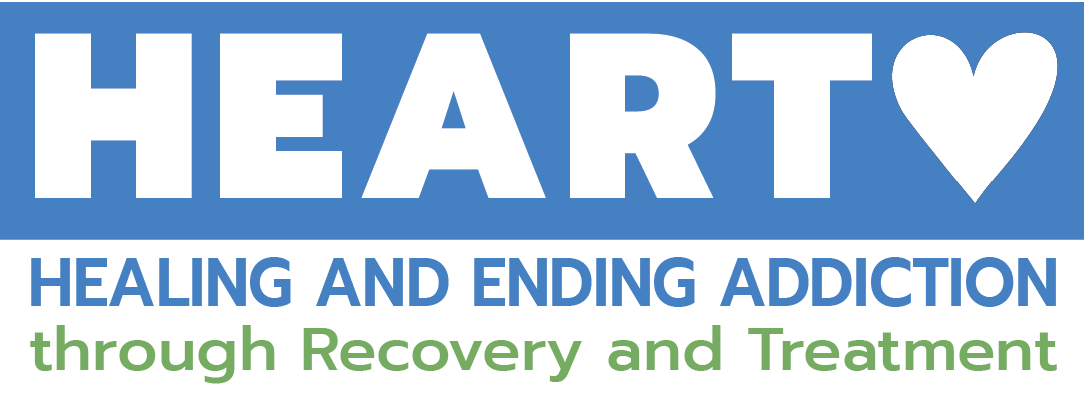Healing and Ending Addiction through Recovery and Treatment (HEART)
Expanding Access to Inpatient and Residential Substance Use Disorder Treatment
Contingency Management
News & Reports
Tenancy Support Services
Justice Involved Reentry Initiative
Other HEART Initiative Components
HEART Waiver Submission and Approval Documents
The Healing and Ending Addiction through Recovery and Treatment Initiative is expanding the range of behavioral health services available to Montanans and filling in gaps in the continuum of care. The Initiative was authorized through the HEART fund in HB 701, which utilizes tax revenue from the sale of recreational marijuana to leverage additional Medicaid funding through a federal match. With the federal match, the Initiative invests up to $25 million a year in programs to provide a full continuum of behavioral health and treatment programs for Montana communities. A cornerstone of the Initiative is the HEART 1115 waiver, which DPHHS submitted to the Centers for Medicare and Medicaid Services (CMS) for approval in 2021. This 1115 Waiver requests federal approval to use Medicaid funds for services that are not currently reimbursable through Medicaid. All four components of the waiver – evidence-based stimulant use disorder treatment, tenancy support services, reentry services, and substance use disorder treatment in larger facilities – have now been approved.


